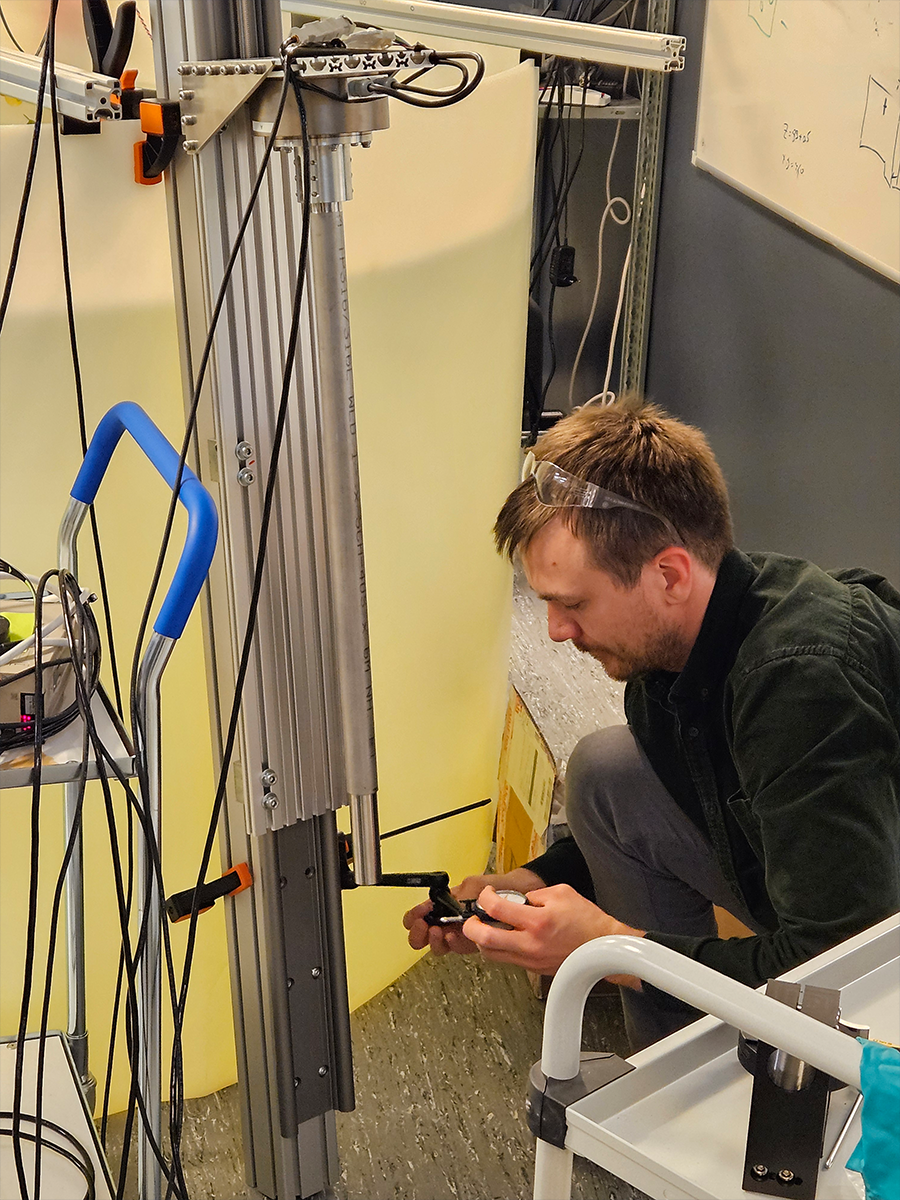As you may know, we recently launched our new 3D sonar, the Sonar 3D-15. This sonar is versatile, suitable for applications such as inspection, underwater mapping, and target identification. To ensure its measurements are precise and accurate, we need to calibrate the system.
Why is calibration important?
Eliminating or minimizing factors that cause inaccurate measurements is a fundamental aspect of instrumentation design. Without proper calibration, collected data may contain errors, leading to incorrect interpretations and conclusions.
In applications like underwater navigation and inspection, reliable and accurate sonar data is crucial for both data quality and safety. Calibration ensures the sonar system provides dependable information, preventing errors in interpretation and potential damage to critical infrastructure.
Accurate and reliable sonar data can also enhance operational efficiency, reducing the need for repeated surveys and minimizing the risk of costly errors. This is particularly important in industries such as offshore energy, defense, search and recovery, construction, and fisheries management.
Calibrating our Sonar 3D-15
Our Sonar 3D-15 operates at a high frequency and offers high resolution. Due to its high operating frequency, calibration is necessary to ensure it produces the highest quality images with accurate data.
To enable the Sonar 3D-15 to operate with maximum accuracy we had to identify a method of calibrating it to a very high level, one that was not commercially available. It was up to our R&D engineer Einar, who specializes in mechanical engineering, to rise up to the challenge of building a new sonar calibration rig from scratch. 

What were the challenges in building this calibration rig?
“It turns out that multiaxial high precision positioning equipment that can be used under water is not something you can typically buy online and get in a couple of weeks. Given the short timeframe of the project and the precision required from this machine, the chosen solution was to design and build something from scratch.”
How did you select the components of the machine?
"The requirement for high angular accuracy ruled out basic actuators like stepper motors. From my experience with stepper motors, achieving reliable accuracy below 0.1° is rare, which was insufficient for this application.
Direct drive servo motors were identified as a more suitable alternative. These motors are highly accurate, eliminate the need for gearboxes with backlash, and do not require shaft couplers, support bearings, or other time-consuming components."

How was it to build the calibration rig?
"The process of building the machine was actually pretty smooth, with the structural and motion components sourced online. I also had some assistance from my fellow Water Linkers. Thomas, for example, made it possible to run the calibration rig in python, handled the modbus network, plc programming and implemented a homing routine on the vertical axis with phenomenal repeatability."
How does the calibration rig work?
"We now have complete control over the sonar's position relative to the sonar reflector target. Simply put, the sonar emits acoustic signals towards a single point source (reflector) and we capture the resulting echo. To calibrate the sonar, we alter the pitch and yaw angles as part of a predefined calibration routine. The calibration rig ensures that each position is precise and repeatable."
This calibration process will be conducted for every 3D sonar sold by Water Linked.
